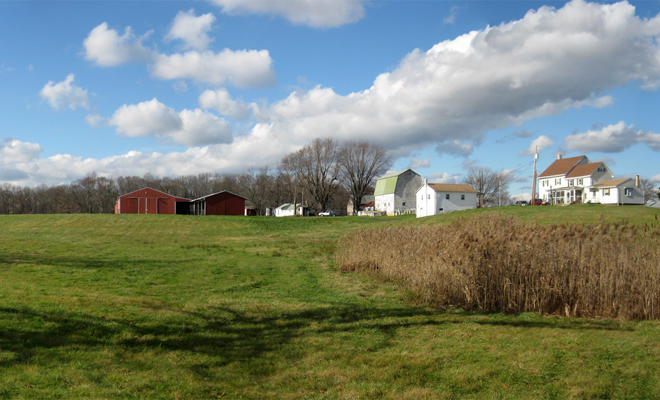New Jersey Future Blog
Planning for Sea-Level Rise III: Restricting Development
February 8th, 2017 by New Jersey Future staff
This series of articles was written by New Jersey Future intern Connor Montferrat.
This is the third of a series of posts that will examine strategies being used in states throughout the country to reshape development patterns in response to risks posed by rising sea levels and a changing climate. The objective of the series is to present practical and tested adaptation and mitigation approaches that New Jersey communities might use to help respond to the growing threat presented by our subsiding and eroding coastlines, increasingly frequent and severe storms, and mounting flood risks.
This article considers methods to reduce repetitive loss and respond to changing shoreline characteristics as sea levels rise.
Restricting rebuilding would prohibit development and redevelopment in highly vulnerable areas and prohibit rebuilding of substantially damaged and repetitive-loss structures.
Rolling easements would ensure that wetlands, beaches, barrier islands, or access along the shore moves inland as shores erode and/or sea levels rise. Shoreline armoring (bulkheads, revetments, etc.) is typically prohibited.
Examples in Current Use
Restricting rebuilding
- In North Carolina, Chatham County requires new residential and non-residential construction and new structures to be located outside a designated Special Flood Hazard Area. In addition, all new residential construction is to be located outside the 100-year floodplain.
- In New York, as local governments prepare for storm surge and sea-level rise, they can place temporary land-use moratoria on constructing or reconstructing buildings in flood-prone areas until the governments have updated their planning and zoning regulations.
- In Virginia, rebuilding a structure in a coastal zone may not be authorized if the building is destroyed or damaged by natural events and/or condemned by public officials. In these cases, the builder must submit a new application and survey as if the structure had never existed.
Rolling easements
The following are examples from across the country, and are explained in greater detail in the Georgetown Climate Center’s Adaptation Tool Kit:
- Currently, Texas has legislation enabling rolling easements on erosion-prone land. Other states with similar statutes include Maine, Rhode Island, and South Carolina. These statutes typically encompass a combination of strategies including limiting new development in at-risk areas, limiting hard armoring construction, requiring removal of structures that wind up encroaching on public lands as a result of erosion, and requiring real-estate disclosure.
- Maine recognizes that coastal sand dune systems are fragile, dynamic resources that act as natural protective barriers. The rules combine limits on upland development and prohibitions against sea walls, which reflect waves onto beaches, thus scouring away and then cutting off sand flow.
- The South Carolina Beachfront Management Act established a 40-year retreat policy that requires an erosion-based setback and gradual relocation of development away from the coast, and prohibits construction of new shoreline armoring.
New Jersey has experienced a long history of repetitive, often severe, and always costly storm damage along its coastlines. Projections of sea level rise suggest that storm activity will increase in frequency and intensity in the foreseeable future. The techniques described above can be used to help break the cycle of damage; however, it should be noted that any consideration of them should include ways to address the financial impacts on existing property owners.

















